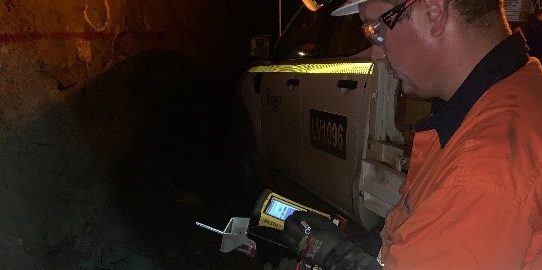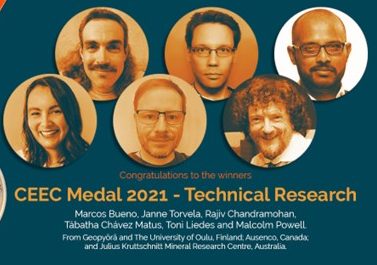The Bluestone Mines Tasmania Joint venture (BMTJV) says it has become the first company in the Tasmania mining sector to demonstrate Orica’s fully wireless initiating system, WebGen™.
Since early 2021, BMTJV, the owner of the Renison tin mine, has been in consultation with Orica to implement the WebGen wireless blasting technology.
The first WebGen blast was successfully loaded in the Central Federal Basset (CFB_1458_5990_F4) section of the mine on June 13, 2022, with the first wireless blast in Tasmania successfully fired at BMTJV over the mine’s leaky feeder system on June 19.
Some 107 WebGen primers were loaded into BP4 (Block Panel 4) and “slept” for 14 days while BP3 was charged and fired, the company explained. Due to the geometry of the blast – and it being a high seismicity area – for B4 to be mined conventionally, a further 60 m of development would have been required to recover this ore.
The Orica WebGen system includes an i-kon™ plugin detonator, a Pentex™ W booster and a DRX™, which is a digital receiver comprising a multi-directional antenna and a battery that serves as the in-hole power source.
The Encoder Controller individually programs each wireless primer with its own unique encrypted codes. This encoder contributes to the inherent safety of the system, and programs each wireless primer with two codes, BMTJV explained. The first code is a unique group identity number for exclusive use at each mine and assigned to specified groups of primers which will sleep, wake and fire together. The second code is a ‘delay time’ specific to the wireless primer and blast design.
Mark Recklies, Chief Operating Officer – BMJTV, said: “WebGen has now been used to support continual safety improvements and deliver savings across the working mine.”








